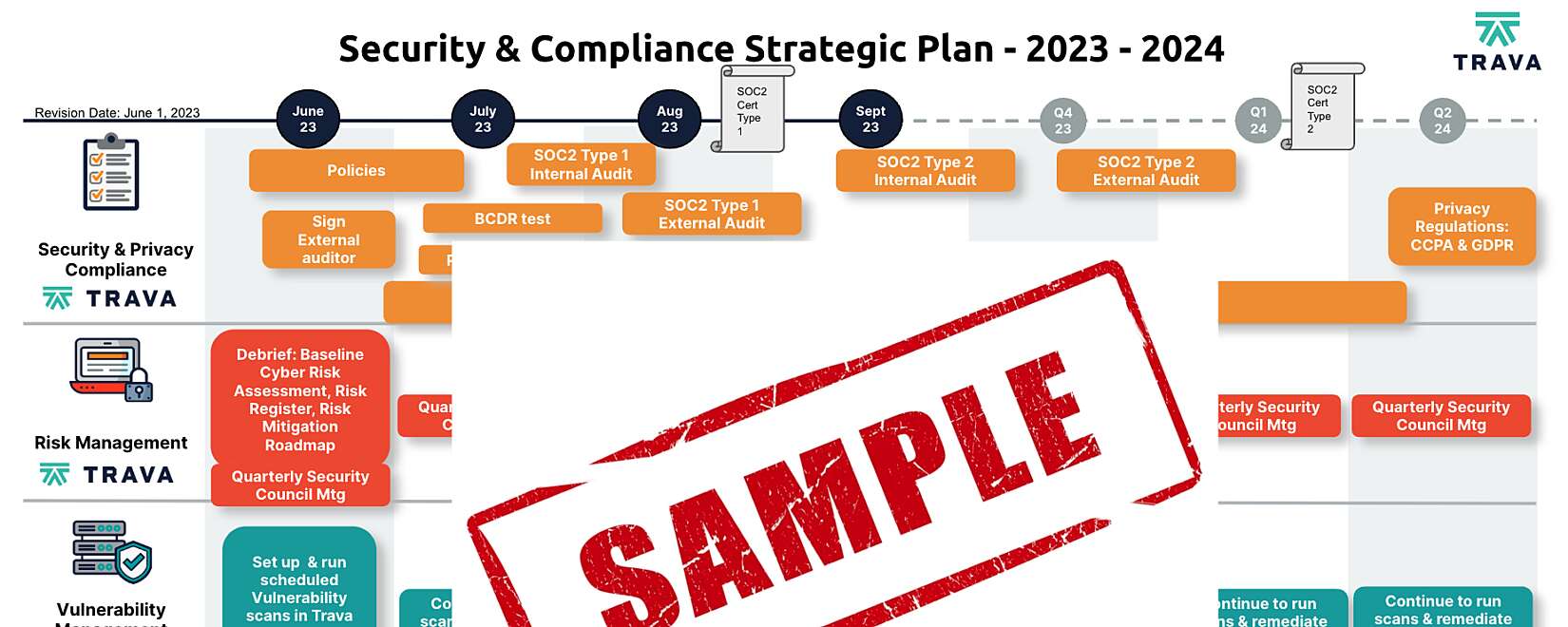Compliance is a journey, and like any journey, it begins with a clear understanding of where you are and where you need to go. This aricle focuses on the crucial process of a compliance readiness assessment. This assessment lays the foundation for your compliance efforts and helps you chart a course that aligns with your budget constraints. In this deep dive, we’ll explore the key components of this chapter in detail.
The Difference Between Compliance and Cybersecurity
Assessing Your SaaS Product and Data
Before embarking on the path to compliance, it’s essential to take stock of your SaaS product and the data you handle. Here’s what this assessment entails:
Data Inventory:
- Identify all types of data your SaaS product collects, stores, and processes.
- Categorize data by sensitivity, as different types may have varying compliance requirements.
Data Flow:
- Map the flow of data within your SaaS application.
- Understand how data moves from entry points to storage and processing.
Third-Party Services:
- Determine if you rely on third-party services for data processing or storage.
- Be aware of the compliance practices of these services.
Data Ownership:
- Clarify who owns the data within your SaaS application.
- Understand the responsibilities and liabilities associated with data ownership.
Identifying Applicable Regulations
Compliance requirements can vary widely based on factors such as your industry, location, and the types of data you handle. In this section, we’ll delve into how to pinpoint the relevant regulations for your SaaS business:
Market Analysis:
- Determine the geographic regions where you operate or plan to expand.
- Identify the primary markets and jurisdictions relevant to your business.
Industry-Specific Regulations:
- Research industry-specific compliance requirements that may apply to your SaaS product.
- Consider standards such as HIPAA for healthcare or PCI DSS for payment processing.
Data Protection Laws:
- Explore data protection laws, such as GDPR for European customers or CCPA for Californian residents.
- Understand how these laws impact your data handling practices.
Emerging Regulations:
- Stay informed about emerging regulations that could affect your SaaS business.
- Anticipate compliance requirements that may arise in the near future.
Conducting a Gap Analysis
A gap analysis is a critical step in the compliance readiness assessment process. It involves comparing your current practices and processes to the requirements of applicable regulations. Here’s how to conduct an effective gap analysis:
Regulatory Requirements:
- Thoroughly review the specific requirements outlined in relevant regulations.
- Break down these requirements into actionable tasks.
Current Practices:
- Evaluate your existing policies, procedures, and data handling practices.
- Identify areas where your current practices align with compliance requirements and where gaps exist.
Gap Identification:
- Clearly document the gaps between your current practices and compliance requirements.
- Prioritize these gaps based on their potential impact on compliance.
Compliance Roadmap:
- Develop a compliance roadmap that outlines the steps needed to address identified gaps.
- Set clear timelines and responsibilities for each task.
Creating a Compliance Roadmap
Your compliance roadmap serves as a strategic plan for achieving and maintaining compliance. It ensures that your efforts are well-organized and efficient. Here’s how to create an effective compliance roadmap:
Task Prioritization:
- Prioritize tasks based on their importance and urgency.
- Consider the dependencies between tasks and their potential impact on compliance.
Resource Allocation:
- Allocate the necessary resources, including budget, personnel, and technology.
- Ensure that your budget aligns with your low-budget compliance strategy.
Milestones and Deadlines:
- Define clear milestones and deadlines for each task.
- Regularly review and update your roadmap as you make progress.
Monitoring and Reporting:
- Implement monitoring mechanisms to track progress and compliance status.
- Establish reporting processes to keep stakeholders informed.
How SOC2 Helps You Build Trust With Clients
Budget Considerations
Budget constraints are a common challenge for many SaaS companies. However, with careful planning, you can align your compliance efforts with your budget limitations:
Cost Estimation:
- Estimate the costs associated with compliance efforts, including consulting, training, and technology investments.
- Identify potential hidden costs, such as downtime or productivity loss during implementation.
Cost Reduction Strategies:
- Explore cost-saving strategies, such as leveraging open-source solutions, cloud services, or automation tools.
- Seek competitive pricing from compliance service providers.
Budget Allocation:
- Allocate your budget based on the priorities outlined in your compliance roadmap.
- Ensure that critical tasks receive adequate funding.
Scalability:
- Consider the scalability of your compliance efforts as your SaaS business grows.
- Prepare for additional compliance requirements and budget adjustments.
In conclusion, this article emphasizes the importance of conducting a compliance readiness assessment before embarking on your compliance journey. By thoroughly assessing your SaaS product, identifying applicable regulations, conducting a gap analysis, creating a compliance roadmap, and carefully considering budget constraints, you’ll set the stage for a successful and cost-effective compliance process. This chapter lays the groundwork for the practical strategies discussed in subsequent chapters, helping you navigate the complex world of compliance with confidence.
For more in-depth guidance on SaaS compliance readiness, reach out to a Trava team member.


